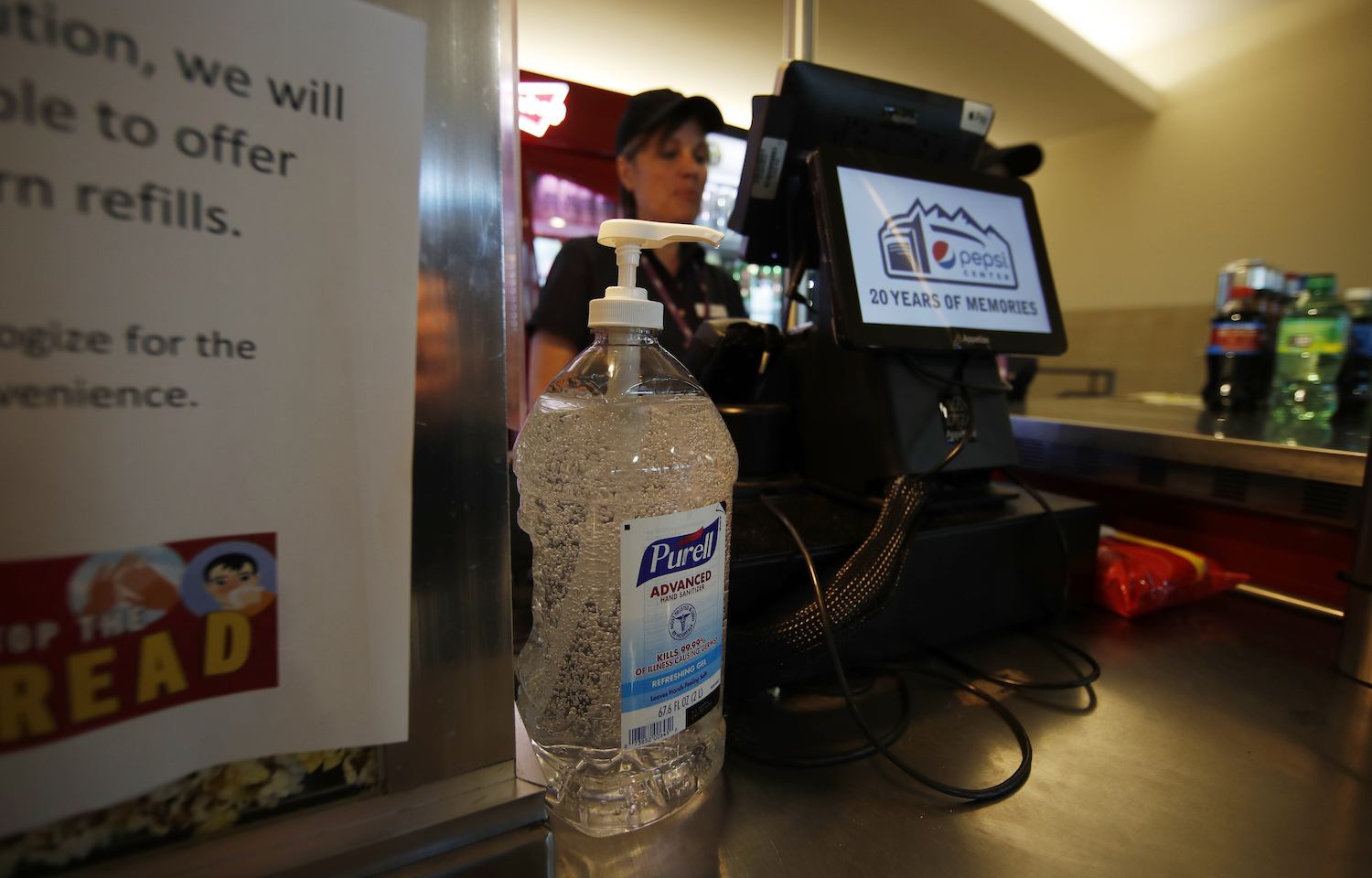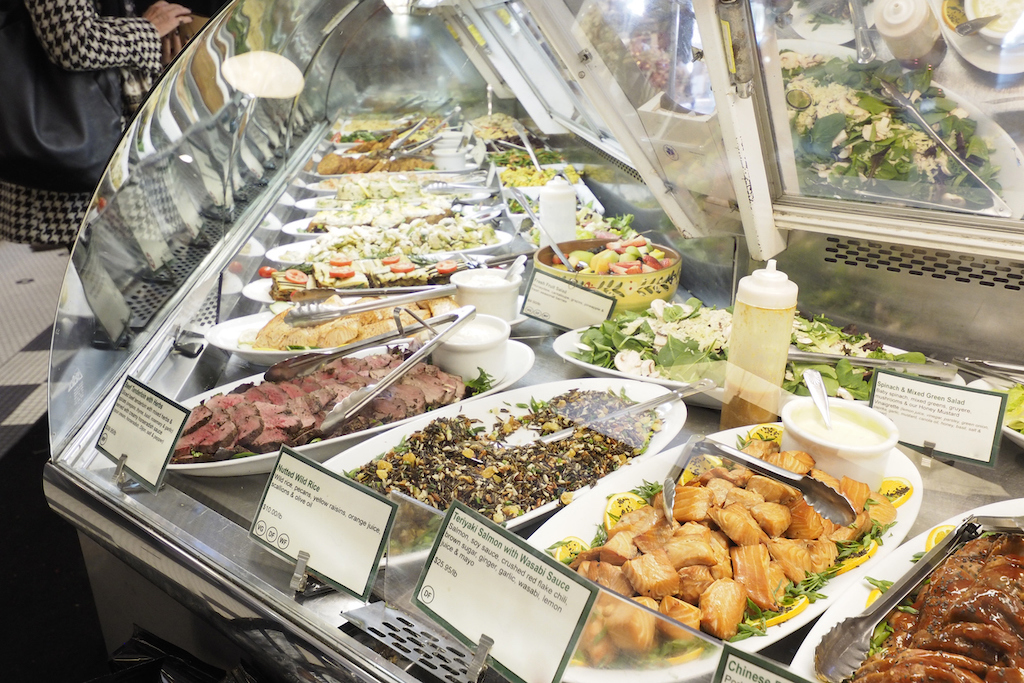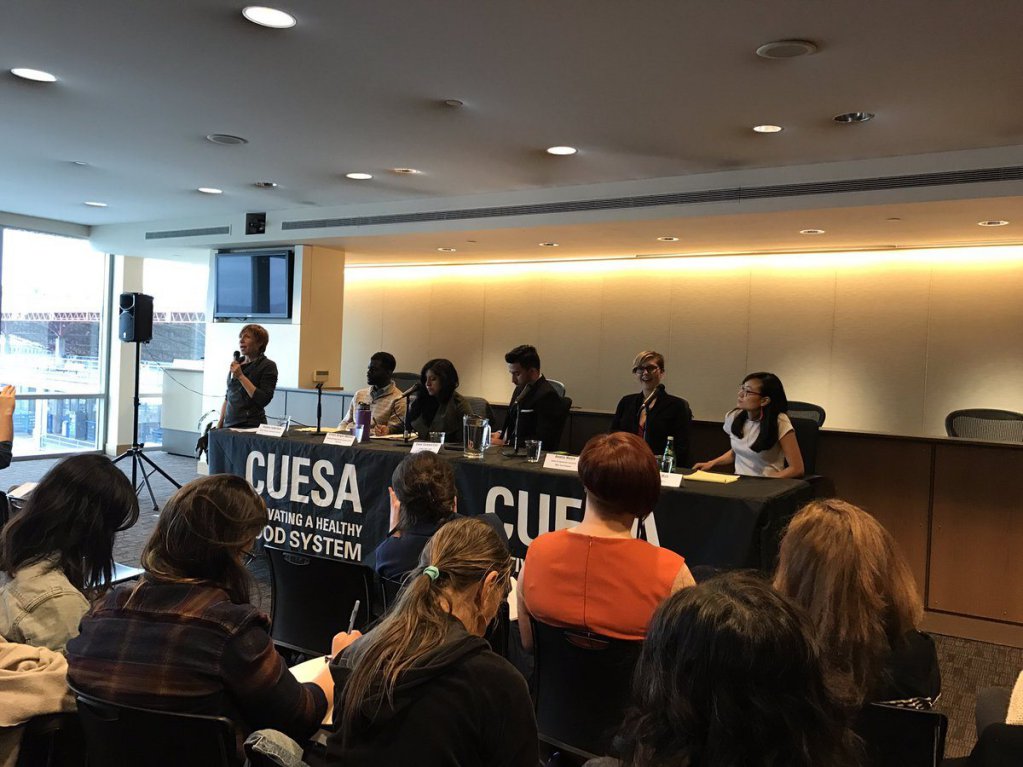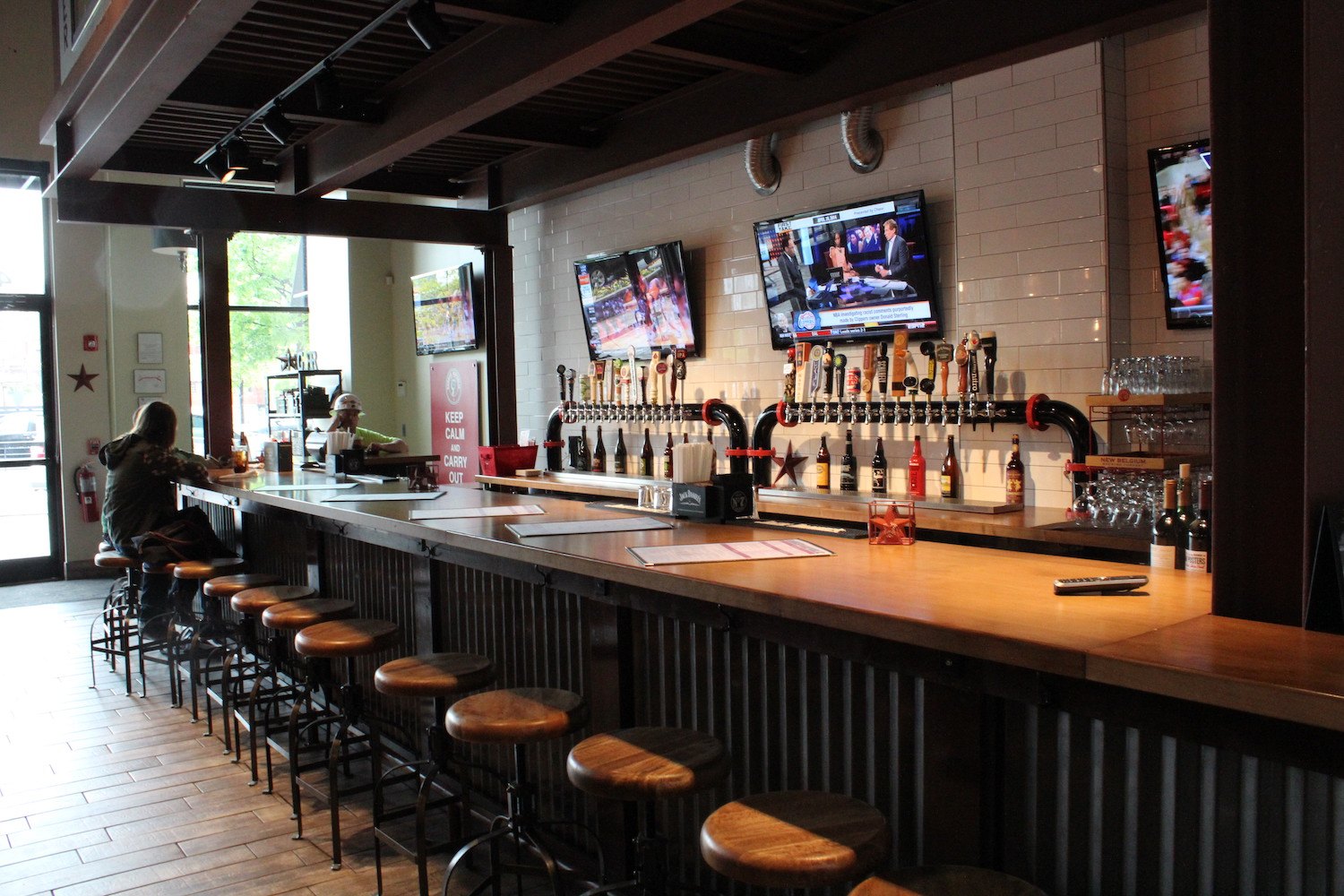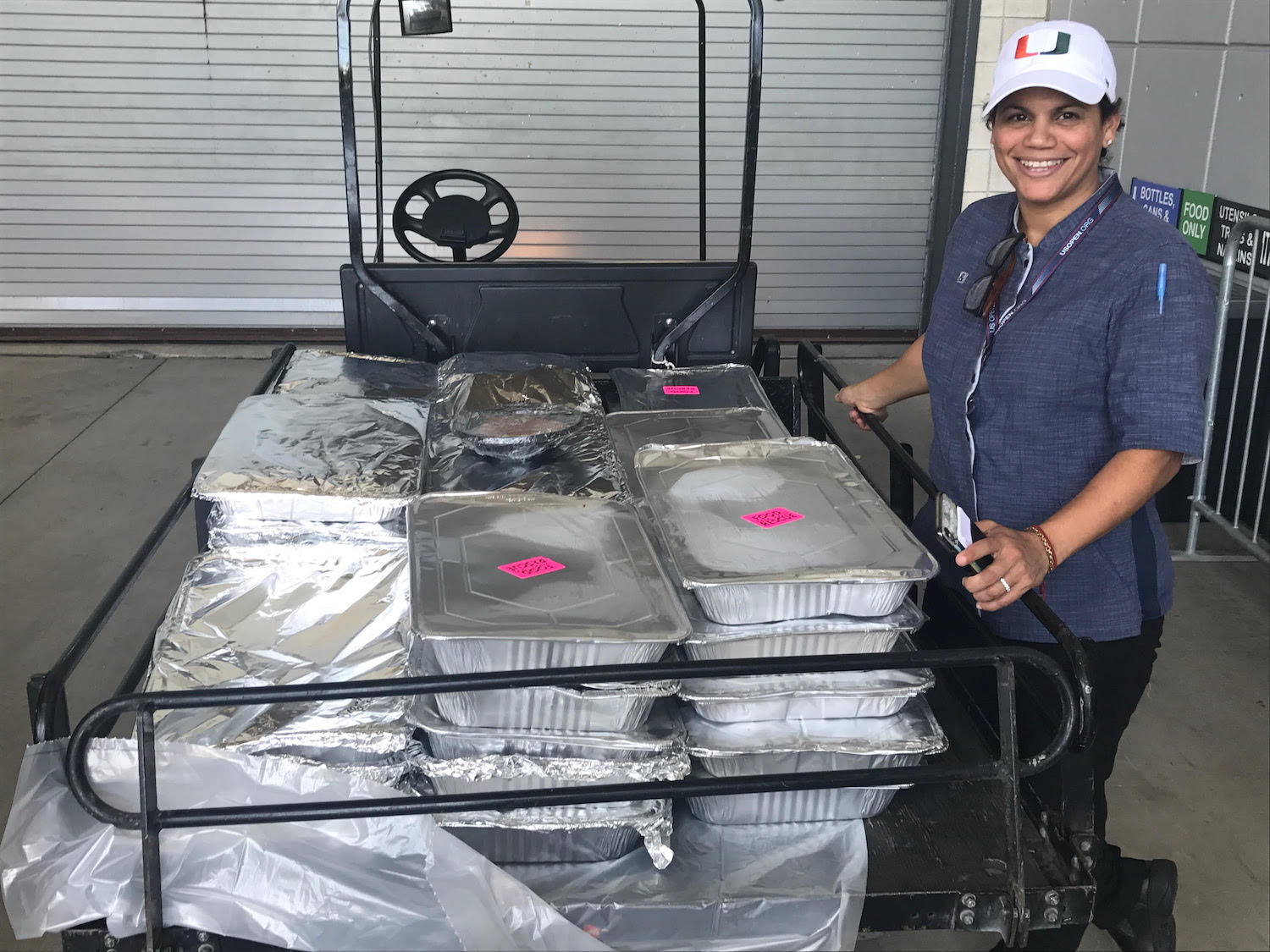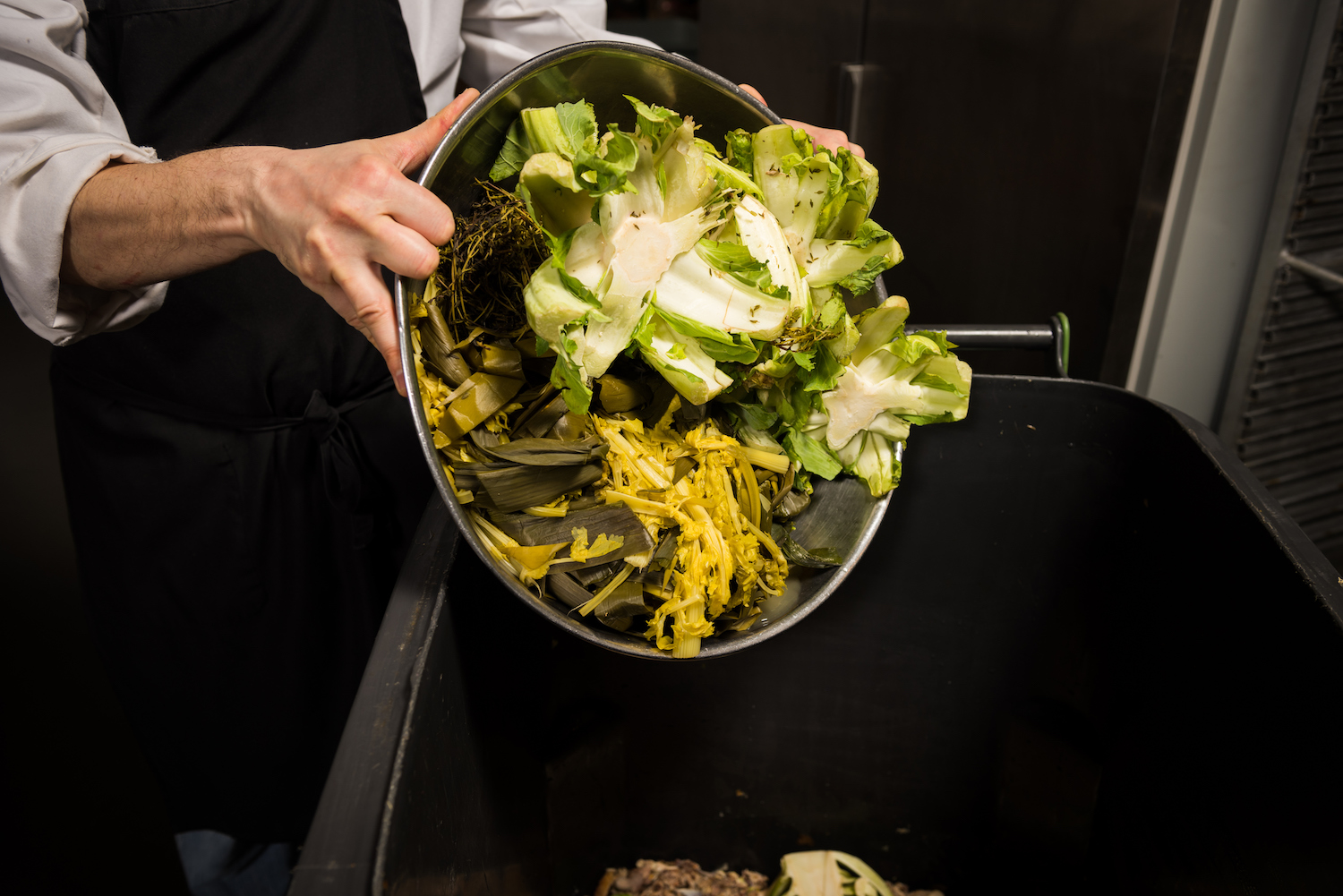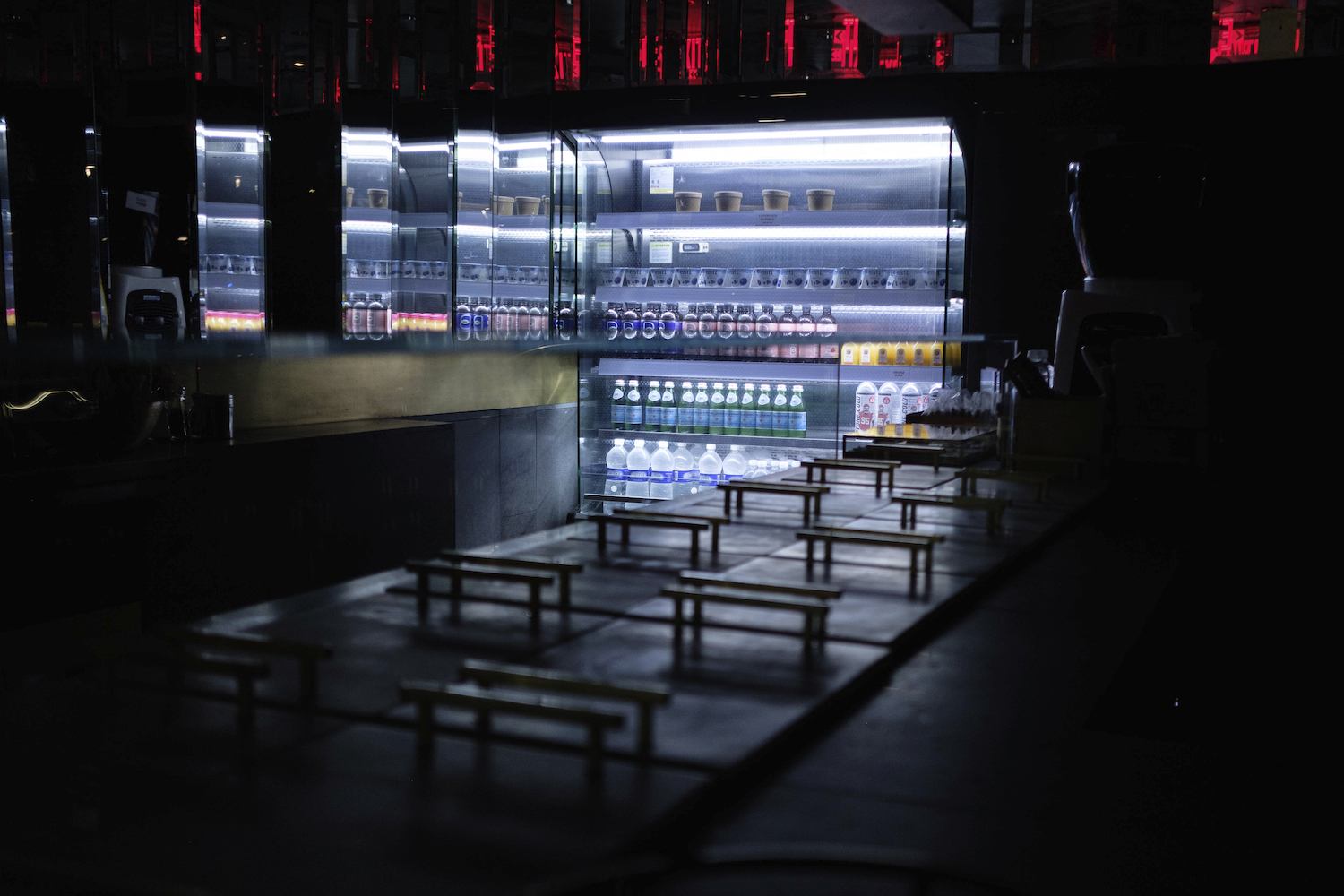
AP Photo/Yuki Iwamura
Solutions range from giveaways to massive donations to meal kits for unemployed staffers.
Late last Friday, Jason Wang made the difficult decision to close all locations of Xi’an Famous Foods, his popular noodle chain based in New York City. Saying he’d taken his cues from Union Square Hospitality Group, which closed all its locations earlier that day, Wang added that he just didn’t think it was worth the risk to stay open and potentially contribute to the spread of Covid-19.
The decision touched off a flurry of activity among Xi’an’s multiple locations. Friday night was a blur, as Wang’s team shuttled as much meat as possible into deep freeze. On Saturday, Wang sat in his home office and ran the numbers. He could pay his employees for the paid time off they had accumulated. A grant or interest-free loan from the city would max out at $75,000, a figure he called a “drop in the bucket.” Wang’s employees, newly out of work, faced an equally daunting immediate future—New York State’s unemployment website reportedly crashed on Monday after huge swaths of the service industry shuttered indefinitely.
And then there was the leftover food. He had 25,000 lamb dumplings and 20,000 spinach dumplings that wouldn’t freeze well. There were 35 boxes of cabbage weighing in at 100 pounds each. There was the spinach, the enoki mushrooms, and the cucumbers, not to mention 3,000 buns and 450 prepared salads. All of it would spoil while the restaurants were closed.
Most places are allowing restaurants to continue serving take-out and delivery meals, but many operators have elected to shutter altogether.
Thousands of restaurants landed in the same boat over the weekend, as New York City, Ohio, Massachusetts, and Illinois announced the closure of all restaurants and bars as part of an effort to encourage “social distancing” and slow the spread of Covid-19. Many more cities and states followed on Monday and Tuesday. Most places are allowing restaurants to continue serving take-out and delivery meals, but many operators have elected to shutter altogether.
The short window of time between business as usual and no business at all has left many restaurant kitchens with excess food and nowhere to put it. When we spoke on Monday, Wang was trying to donate his perishables to the food recovery nonprofit City Harvest. That organization was struggling to coordinate with all the restaurants hoping to donate. As we talked, Wang received an email: City Harvest could send a truck and a driver on Wednesday, but no volunteers were available to load the vehicle. Wang and the driver would need to load the produce themselves. (We tried to talk to City Harvest for the story, but they weren’t free for an interview by press time.)
Other restaurants took a more direct approach to offloading extra inventory: B&H Dairy, a long-running kosher restaurant in New York’s East Village, announced on Instagram that it would hand out free food to anyone who wanted it on Monday and Tuesday. Philanthropist and restaurateur Jose Andres announced he would temporarily close his restaurants in Washington, D.C. and New York City and convert some to community kitchens, offering affordable takeout. A spokesperson confirmed that leftover restaurant ingredients would be used once the community kitchens were up and running. In Chicago, Fat Rice began providing meal kits to newly out-of-work service industry workers starting at $0.50 per box.
As schools began shuttering across the nation, Eliza Loehr, executive director of the Food Education Fund—which supports New York’s Food and Finance High School and High School of Hospitality Management—circulated a questionnaire among restaurant owners, asking who might be willing to donate extra inventory to students in need.
“Luckily or unluckily, it became a place where lots of places were checking in, and the food map started to grow.”
By Monday afternoon, responses were pouring in. High-end pasta eatery Lilia offered perishable ingredients to students who showed up at a designated time. A cafe in Queens offered free hot meals, and another in the Bronx offered bagged lunches. “Luckily or unluckily, it became a place where lots of places were checking in, and the food map started to grow,” Loehr says.
In the coming days, advocates will rush to convert empty restaurant kitchens into take-out windows that can serve their surrounding communities at low prices. Food banks, already hurting for volunteer labor, will continue to work on overdrive. Restaurants will expand their delivery offerings or go into hibernation. Wang says he’s talking with his accountants and his insurance companies to see how long he can pay for rent and utilities. Even if he manages to stay open, it might not be enough.
“We’re going to need some sort of bailout from the government for this,” he says. “This is not something we can solve on our own.”

